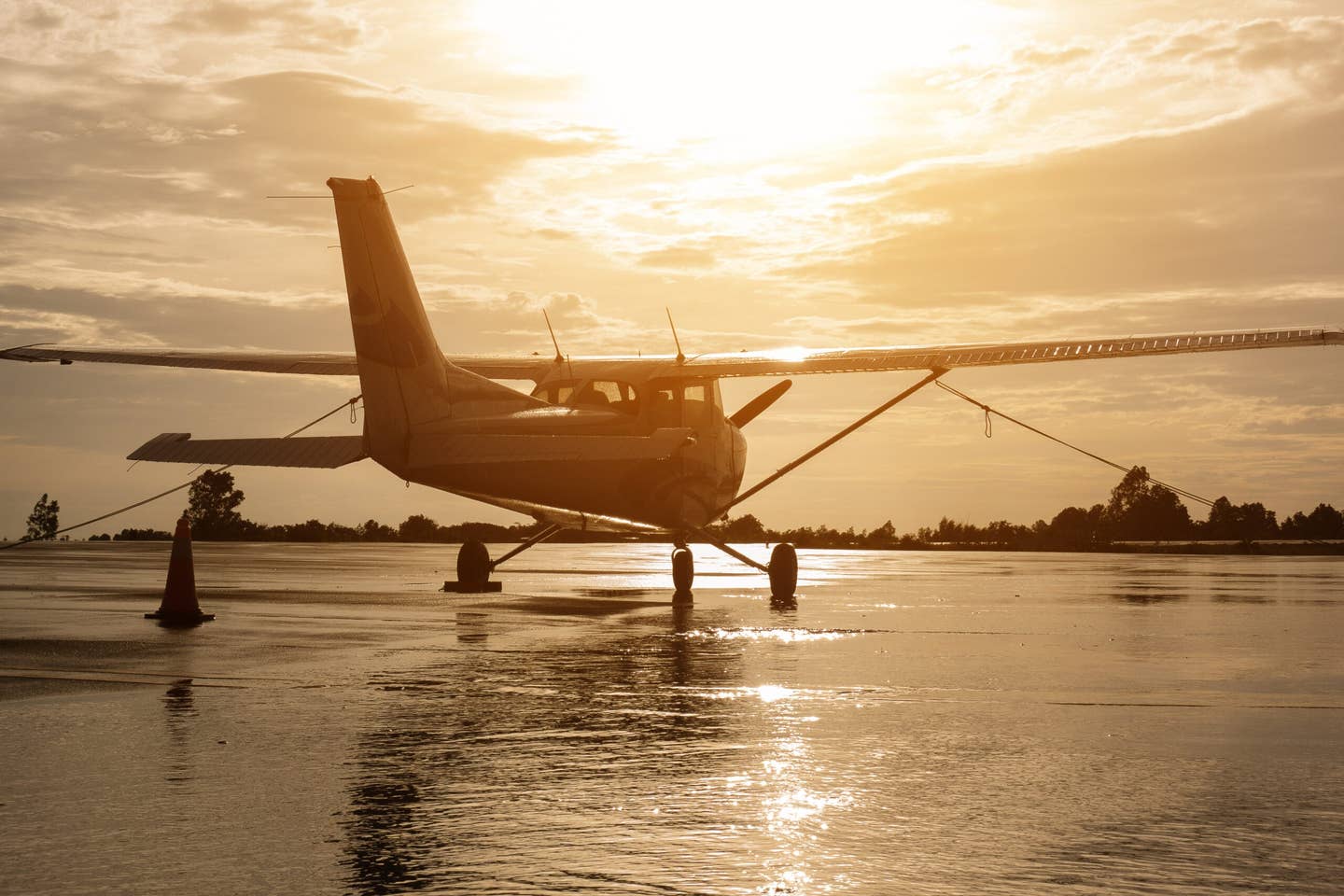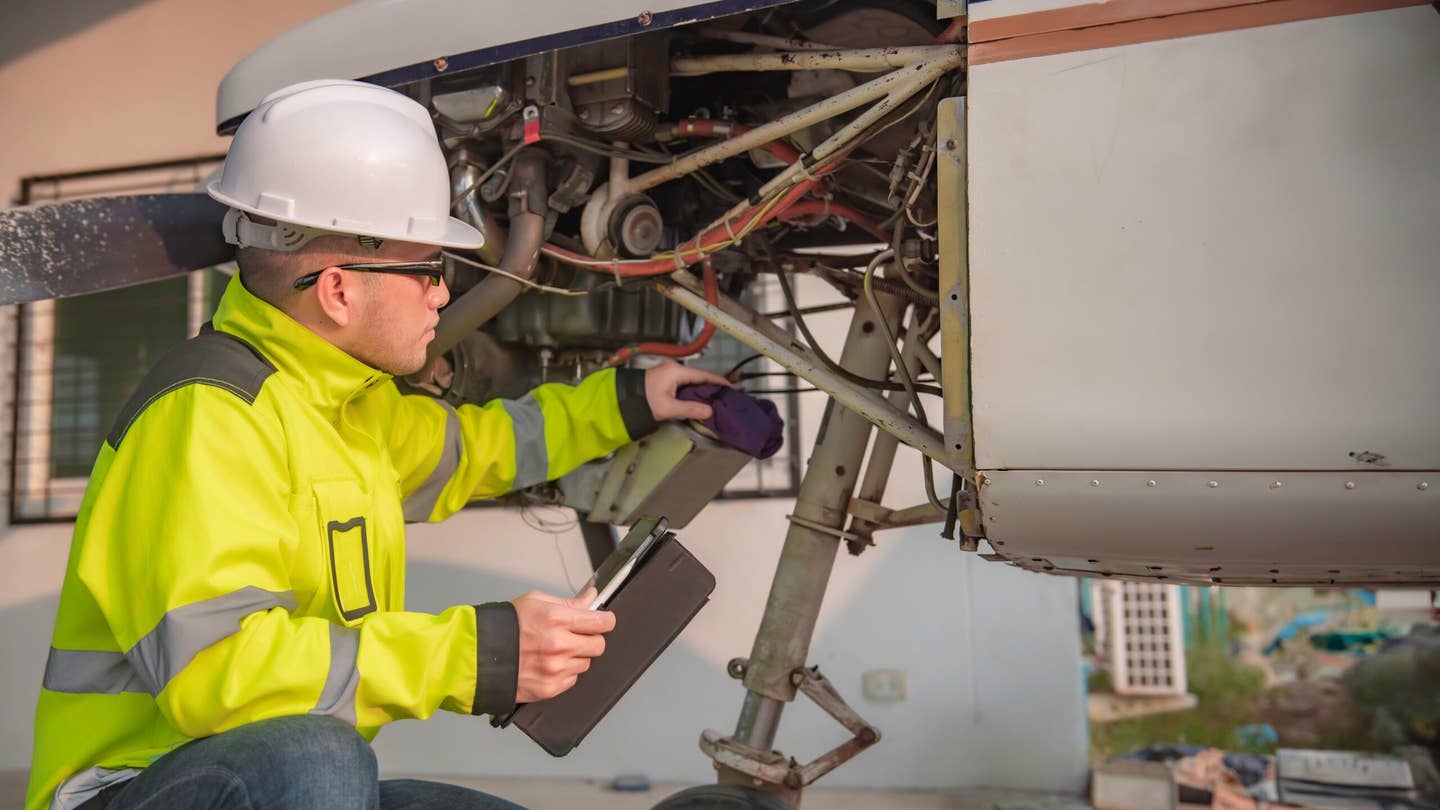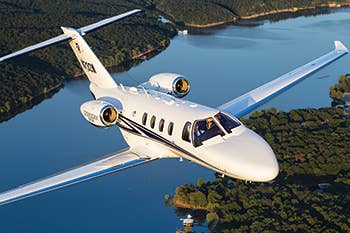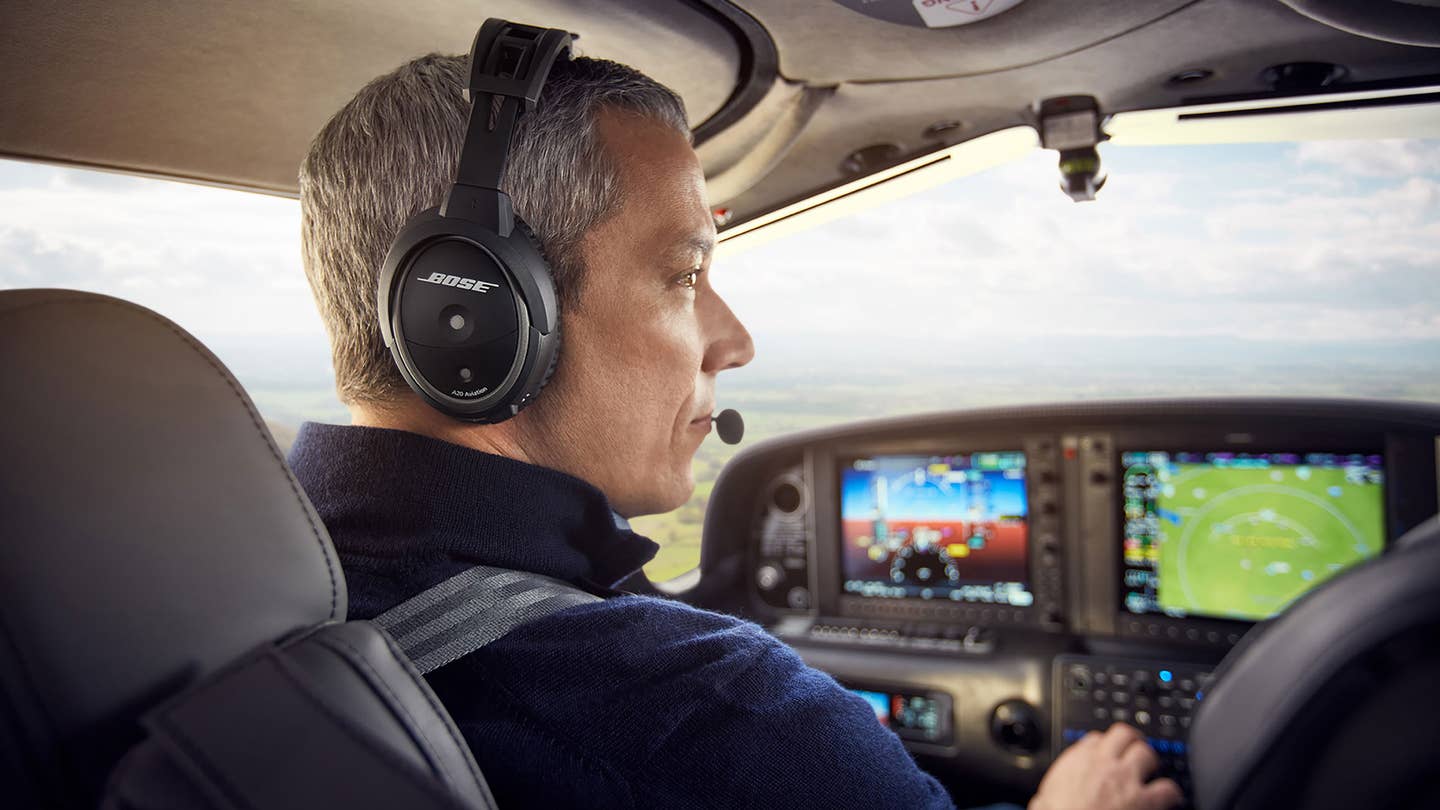
Bose headsets are tested beyond the toughest conditions that most pilots will ever experience. Bose Aviation
Today’s pilots have many options when it comes to aviation headsets. But when pilots are looking to invest in an active noise cancelling headset, the Bose name usually comes to mind. And it’s not just because Bose was the company that pioneered active noise cancelling headsets for pilots.
Bose aviation headsets are born out of a rigorous research and development process that has been refined and improved upon over many decades of product development. Ultimately, this process yields the best combination of noise cancellation, comfort and clarity – a difference pilots notice and appreciate in their aviation headsets.
Aviation Roots That Run Deep
Bose has been a household name in consumer electronics for a long time, but some might not know that the company’s roots in active noise cancellation technology actually began on an airplane more than four decades ago. On a long international flight in 1978, Dr. Amar Bose tried on a set of airline-provided headphones, only to experience increased noise from the aircraft. He immediately began designing a solution in his notebook. It was during this flight from Europe to the U.S. that Dr. Bose developed his concept for noise cancellation technology.
After years of research and development, the first prototype Bose active noise cancelling headset debuted on Voyager’s record-breaking nonstop flight around the world in late 1986. That historic flight provided a valuable test platform and proved that Bose active noise cancellation technology in aviation headsets would benefit pilots. In 1989, Bose introduced its first active noise cancelling headset to the broader market – the Series 1. And for over 40 years, Bose has been hard at work improving aviation headset technology.
Innovation Led by Pilots
Since Bose developed its first noise cancellation headset, the company’s relentless commitment to innovation and engineering excellence can be seen with each headset introduction. This has made Bose a trusted provider for U.S. military transport pilots, airlines, corporate flight departments, and many of the largest aircraft OEMs in the world. Bose has earned this trust because it has proven time and time again that its active noise cancelling headsets will provide clear, reliable communication, and a comfortable experience for pilots.
All Bose headset features and functionality are created with purpose, and pilot input is a valuable part of the process. In fact, many of the engineers, salespeople and product developers on the Bose Aviation team are pilots themselves. Because when it comes to developing a new aviation headset, there’s no better resource for gathering feedback than those who wear the headset every day.
Bose also looks to its valued partners for insights that drive product development and offerings. Through strong relationships with airlines, corporate flight departments, flight schools and leading avionics manufacturers, Bose keeps a pulse on changes to cockpit and flight deck environments and to the evolving needs of pilots.
Using these insights, Bose has designed headsets that help prepare pilots for unknown challenges. Even a pandemic. Bose’s move toward compact, lightweight headsets has made it easier for pilots to carry their own personal headsets from flight to flight, limiting the sharing of headsets between pilots.
Engineered for the Toughest Conditions
When it comes to piloting an aircraft, whether it’s a general aviation airplane, a commercial airliner or a helicopter, aviation headsets must be able to withstand the challenges of any cockpit environment. For this reason, Bose headsets are tested beyond the toughest conditions that most pilots will ever experience to ensure long-term product durability and reliability.
One measure of excellence is meeting and exceeding a TSO, which is an important step in the life of every Bose aviation headset. TSO – or Technical Standard Orders – come from the FAA. Like pilot licenses and equipment inspections, TSO certifications help the FAA ensure safety for the entirety of every mission.
Below is a partial list of the rigorous tests required for TSO certification:
- Extreme heat. The Bose ProFlight Series 2 and the Bose A20 must withstand temperatures at or above 55C/131F for several hours, followed immediately with drop tests from 6 feet (1.83 meters) onto a concrete floor along with cable flex tests. During those tests, they must continue to perform properly at those temperatures for two hours.
- Subzero temperatures. The Bose ProFlight Series 2 and the Bose A20 are stored at or below -25C/-13F and immediately subjected to drop tests from 6 feet (1.83 meters) onto a concrete floor along with cable flex tests. They must continue to perform properly at those temperatures after three hours in the cold.
- Electricity. The Bose ProFlight Series 2 and the Bose A20 are tested for electrostatic discharge immunity. Tested across dozens of contact points, each headset is subjected to between 4,000 and 12,000 volts of static electricity.
- Explosive atmosphere testing. The Bose A20 is tested in operational mode within an explosive atmosphere and is not a source of ignition.
- Extended wear. TSO requires that headset cables and components withstand tens of thousands of flexes and tugs and pulls – the equivalent of many years of use. The Bose standard is even more demanding than the TSO requirement to ensure each cable and assembly is durable and robust.
- Crush testing. While inside their cases, headsets are weight tested to make sure they can withstand the direct effect of weight applied to all surfaces of the case. The headsets also have to endure compression tests and mechanical shocks, surviving both with normal functionality.
- Decompression testing. Headsets must operate correctly after a decompression to service ceiling altitudes, which they are subjected to for at least 10 minutes.
- Vibration table testing. Headsets are subjected to vibratory forces across frequency ranges to ensure they survive without loss of functionality.
- Electromagnetic interference (EMI) testing. Products are tested for immunity to interference from magnetism, cell phone signals and radio frequency (RF) signal interference from various sources. Then we run conformity tests to ensure the product meets global regulatory requirements for radiated emissions and interference.
- UV. Accelerated solar radiation tests are performed to ensure components are durable and will not degrade in integrity or appearance, providing a consistent experience over the lifetime of the products.
- Chemical resistance. All surfaces, coatings and markings are tested for resistance to abrasion, cleaning, perspiration and other wear activities.
- Dozens of additional tests. In all, 145 separate tests are run to ensure the headset functions within regulatory limits under environmental and mechanical extremes, all while maintaining an acceptable appearance and user experience.
In addition to FAA and EASA E/TSO standards, Bose performs its own tests to ensure all aviation headsets are reliable and durable. Bose’s significant investment in the engineering, manufacturing and testing process validates your own investment in a Bose aviation headset.
The Bose Difference
Combine Bose’s 30 years of aviation headset research and development with its commitment to TSO certification, and it’s clear why Bose aviation headsets perform to a high standard. But the best way to understand that difference is by experiencing the A20 or the ProFlight Series 2 for yourself. You can do that risk-free with Bose’s 60-day test flight opportunity. Learn more here.

Sign-up for newsletters & special offers!
Get the latest FLYING stories & special offers delivered directly to your inbox

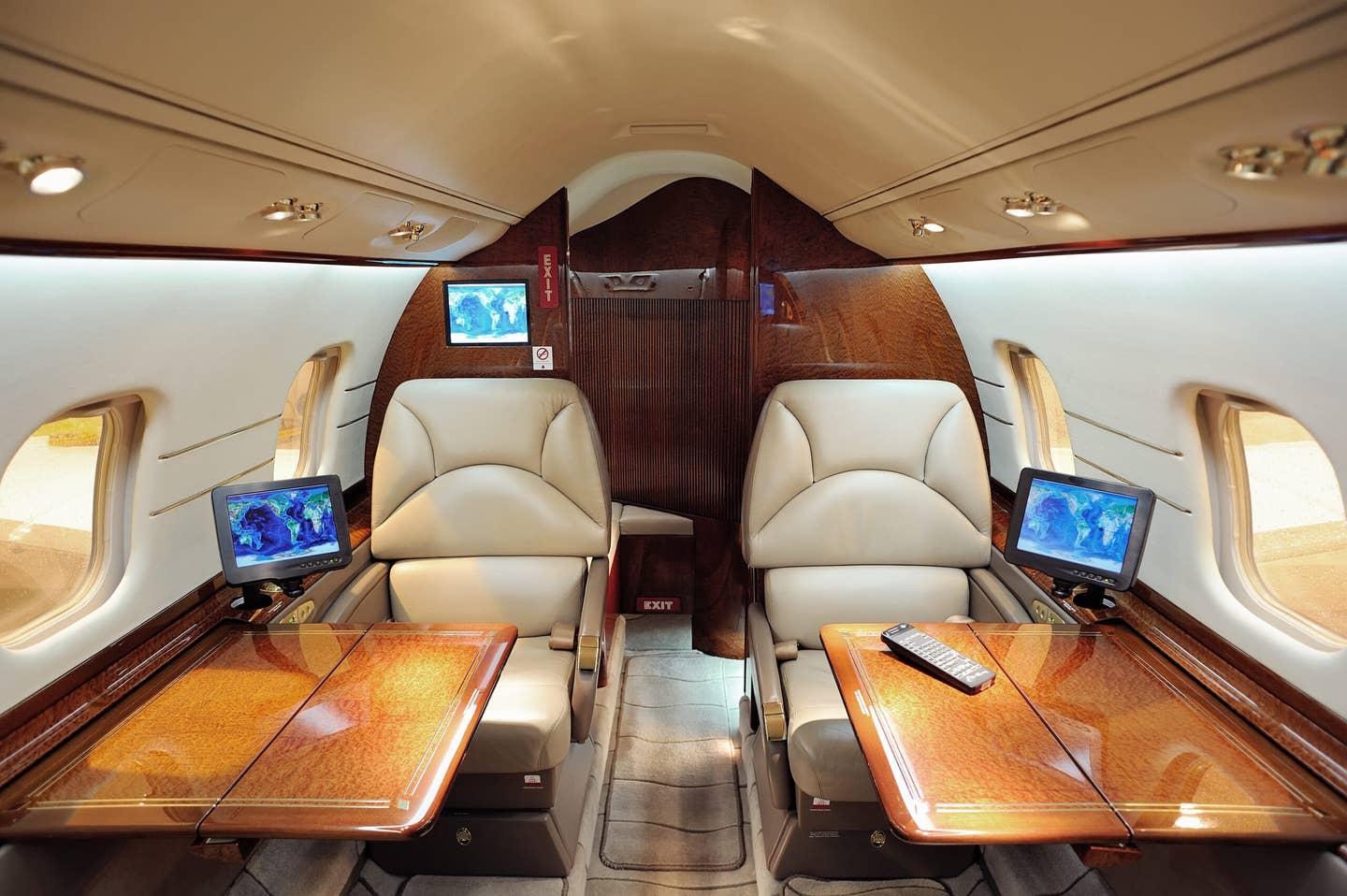
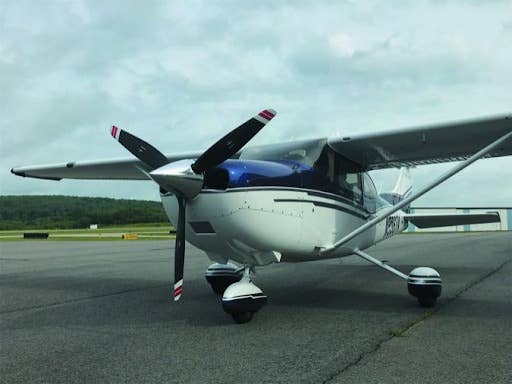
![[PILOT AND SNELLEN CHART PIC]](https://www.flyingmag.com/uploads/2022/11/2022-FlyingMag.com-Native-Advertising-Main-Image--scaled.jpeg?auto=webp&auto=webp&optimize=high&quality=70&width=1440)
